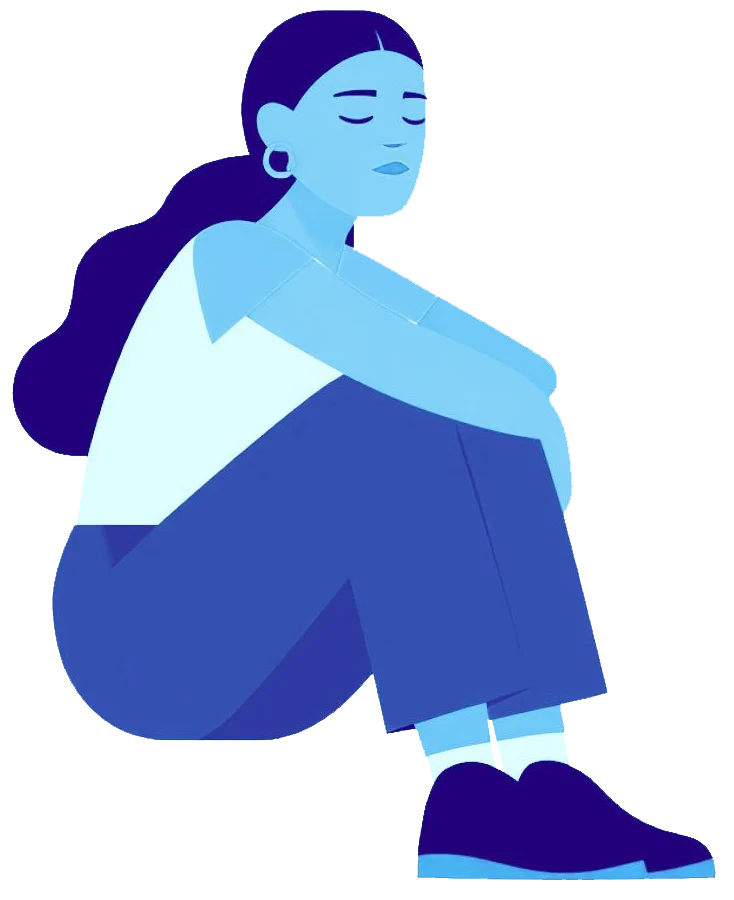ADHD looks different in women.
Understand your experience.
Hormonal changes and subtle signs can lead to misdiagnoses - let's find the right way forward.

Why It’s Overlooked
ADHD in women is often underrecognized, underdiagnosed, and misunderstood. Its presentation differs significantly from men, which can lead to missed diagnoses and years without proper support.
- Symptoms are often subtler, showing up as chronic disorganization, overwhelm, or internalized anxiety.
- ADHD frequently appears differently in women than in men, which can confuse clinicians and families.
- Societal pressures and gender expectations lead many women to mask their difficulties or blame themselves.
- These factors often result in delayed or completely missed diagnoses.
Unique Manifestations of ADHD in Women
Inattention
Often shows up as chronic disorganization, procrastination, and forgetfulness.
Internalizing Symptoms
Anxiety, depression, and low self-esteem are frequent companions.
Underperformance
Despite hard work, many women feel they never measure up.
Social Challenges
Difficulty maintaining friendships and meeting expectations.
Challenges Specific to Women with ADHD

Hormonal Changes and ADHD Symptoms
Hormones play a significant role in regulating mood, attention, and behavior. Fluctuating hormone levels during key life stages can worsen symptoms.
- During Menstruation: Symptoms may worsen around the menstrual cycle due to hormonal changes affecting dopamine and serotonin levels.
- Pregnancy and Postpartum: Hormonal changes may exacerbate or reduce symptoms. After childbirth, sleep deprivation and increased responsibilities often worsen ADHD.
- Menopause: Hormonal shifts can lead to cognitive difficulties like forgetfulness and trouble concentrating.

Misdiagnosis and Delayed Recognition
- Gender Bias in Diagnosis: Diagnostic criteria are often biased toward male presentations, causing women's symptoms to be overlooked.
- Overcompensation and Masking: Many women develop coping mechanisms that hide the true extent of their ADHD.

Societal Expectations and Gender Roles
- Feelings of Guilt and Shame: Women may internalize societal standards, leading to stress, self-criticism, and feelings of inadequacy.
- Perfectionism: Many women develop perfectionistic tendencies, which can result in anxiety and burnout.
Diagnosis of ADHD in Women
Symptom History
A thorough history of symptoms from childhood through adulthood is essential for accurate diagnosis.
Self-Reporting and Screening
Women often report feelings of inadequacy, stress, and difficulty managing daily tasks. Screening tools tailored to women can help.
Comorbidity with Other Conditions
Since ADHD often co-occurs with anxiety or depression, it is crucial to consider the full scope of mental health history.

Treatment strategies
Start Your Journey
ADHD in women is often overlooked and misunderstood. Understanding how it presents—and accounting for hormonal changes and societal pressures—is essential to supporting women effectively. With appropriate treatment, including medication, therapy, and strong support systems, women with ADHD can thrive.
